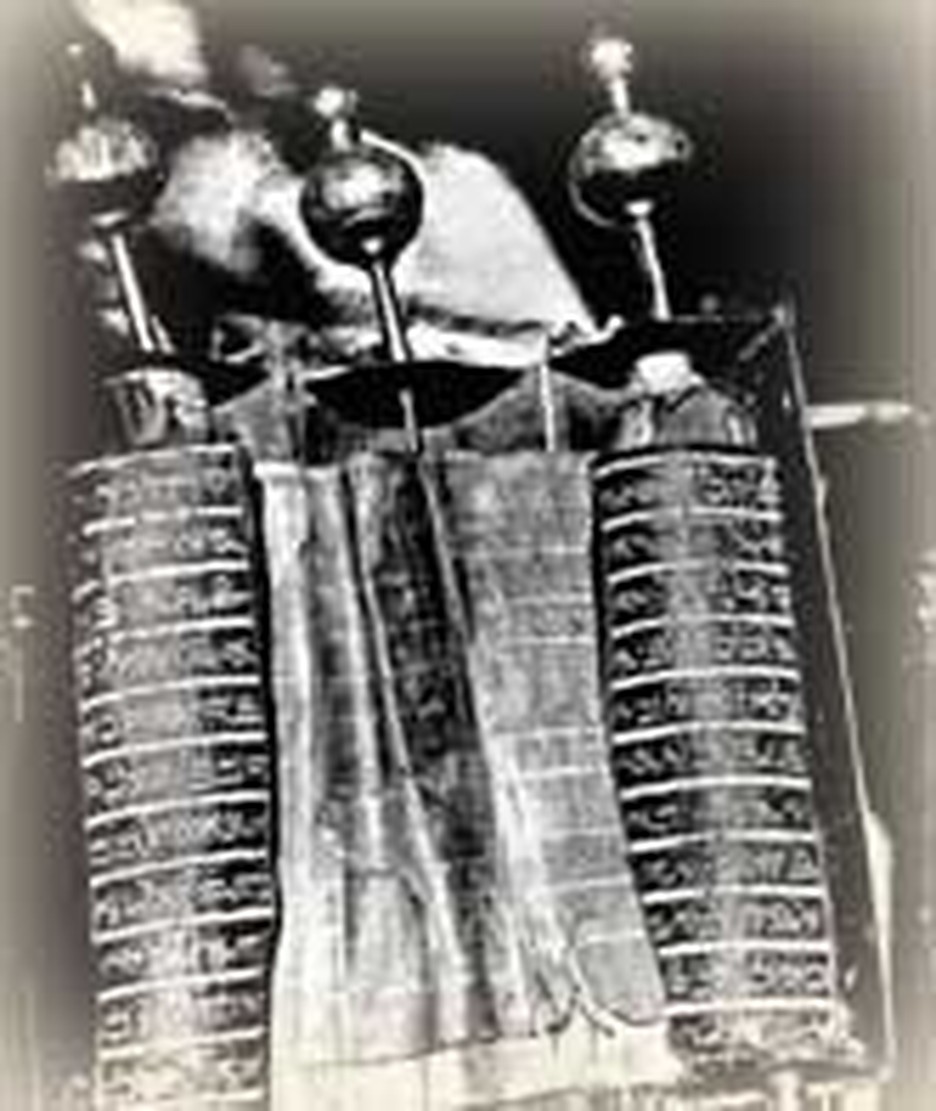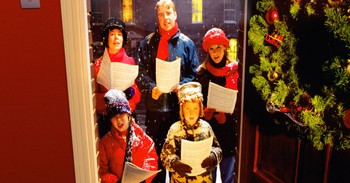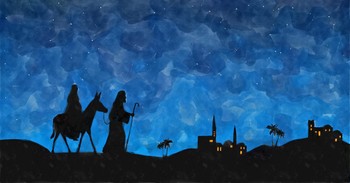
Hundreds of thousands of immigrants arrived in the United States in the first two decades of the 1800s. Many were unchurched and without Bibles. Christians felt challenged to put Bibles into the homes of these newcomers. One hundred and thirty Bible societies sprang up within the states and territories. Many provided the text in the immigrant languages. The Bibles, however, were acquired largely through the good services of the British and Foreign Bible Society.
Observers a saw a need for an umbrella society under which the local units could function. A leader among those calling for the society was Samuel J. Mills, noted for helping found America's first mission society. Toward the goal, delegates from 28 locals gathered in New York in 1816 and the society came into being on this day, May 11, 1816. The assembly declared their purpose was "to encourage the wider circulation of the Holy Scriptures throughout the world," and stipulated that none of the Bibles would contain notes or comments. This provision was necessary; notes and comments acceptable to one denomination might offend another. The May 11th board was comprised largely of Christian laymen with Elias Boudinot as chairman. The American Bible Society sought not to replace regional societies but to assist them. By year's end, 41 regionals had joined it.
The organization grew steadily and came to have a staff of over 300 in 1995, with more than 80 Protestant denominations providing some level of support, although many Baptists pulled their support from the American Bible Society when it refusal to produce a Bengali New Testament with a Baptist choice of words to translate the Greek baptizo.
The Society's first efforts were to get Bibles to the American frontier. After a time, the frontier disappeared. Although the American Bible Society still maintained concern for the U. S. (issuing its low vocabulary Good News for Modern Man, for example), it turned increasingly to foreign needs. Usually the Society produced Bibles in close association with missionaries. By the mid-eighties the Society had printed scriptures in over a thousand languages. It sent skilled linguists into the field to check translations and provided inexpensive reproduction for the finished product.
Eugene Nida joined the Society in 1943 and became one of its luminaries. He personally visited over 50 nations and worked on more than 100 translation projects. His teaching material educated thousands of would-be translators. He also was closely associated with the Summer Institute of Linguistics.
Annually the American Bible Society distributes hundreds of millions of pieces of low-cost literature. It has promoted cooperation between Catholics and Protestants in translation. Through such efforts, millions around the world have been affected by the American Bible Society.
Bibliography:
- Ball, Alice. "The Bible: Bigger than Ever." Christian Life. (November, 1983) 76-8.
- Encyclopedia of Associations. Detroit, Michigan: Gale Research, ca. 1989 -
- Gross, Ernie. This Day in Religion. New York: Neal-Schuman Publishers, 1990.
- Holden, David. Select Seed from the Granary, 99-19. (Privately circulated pamphlet).
- La Cossitt, Henry. "He Takes the Bible 'Round the World." Colliers (March 18, 1955), 56 - 57.
- North, Eric M. Eugene A. Nida: an Appreciation. Mouton: The Hague, 1974.
- "Timeline of American Bible Society History." 2006 (accessed in 2006).
- Yarmon, Norton. "The Bible in Babel." New York Times Magazine (December 11, 1955), 25.
Last updated April, 2007.



